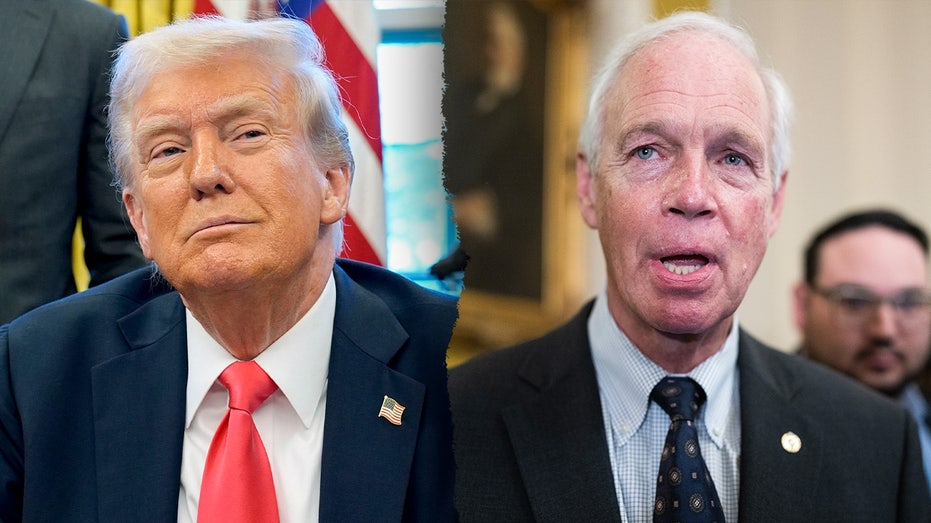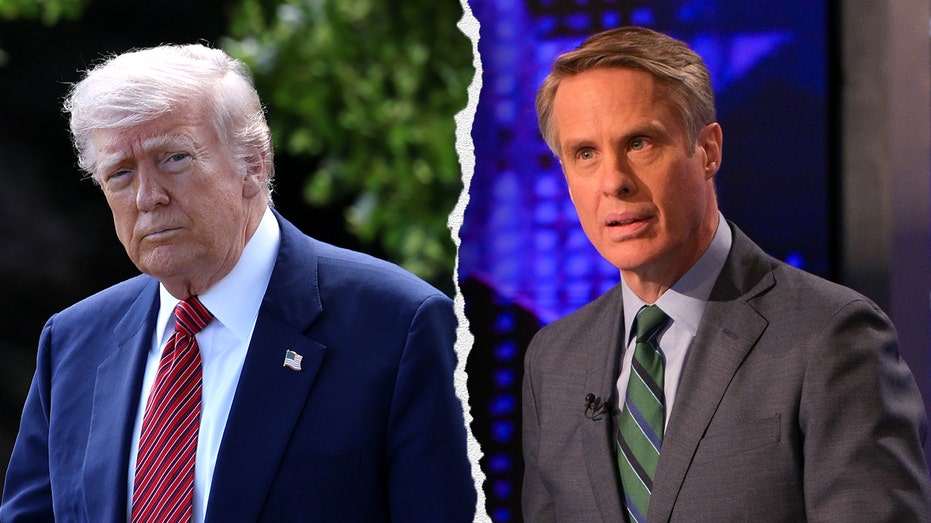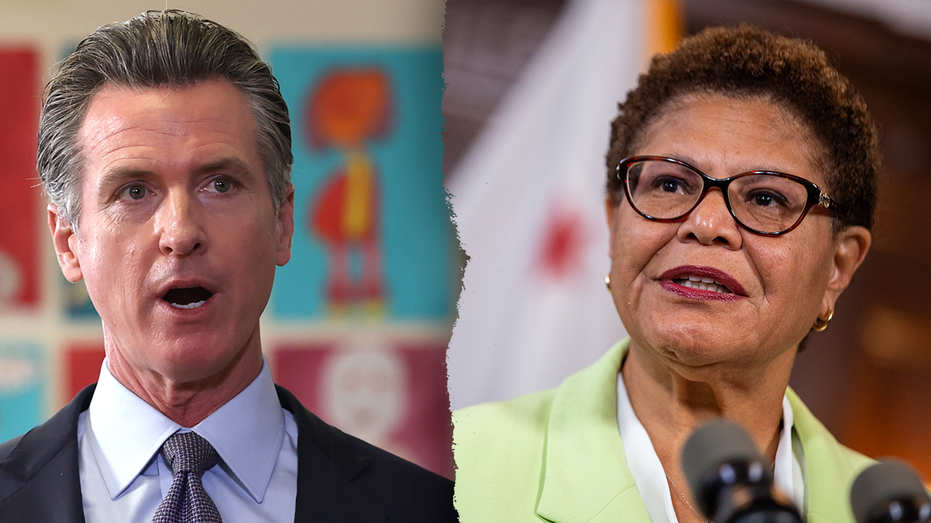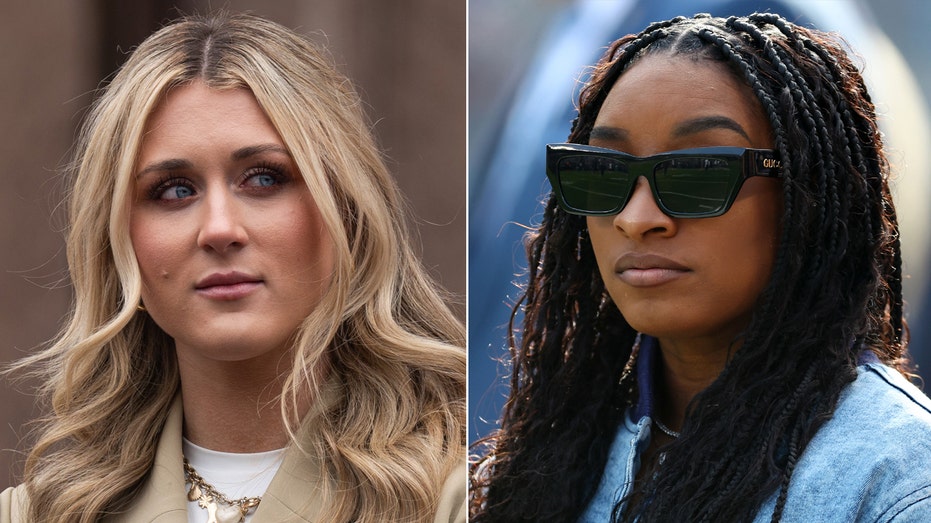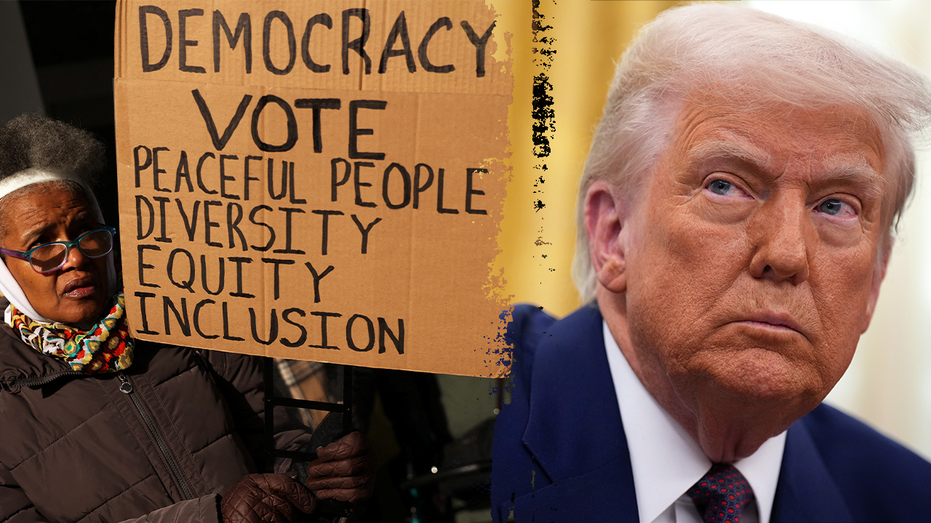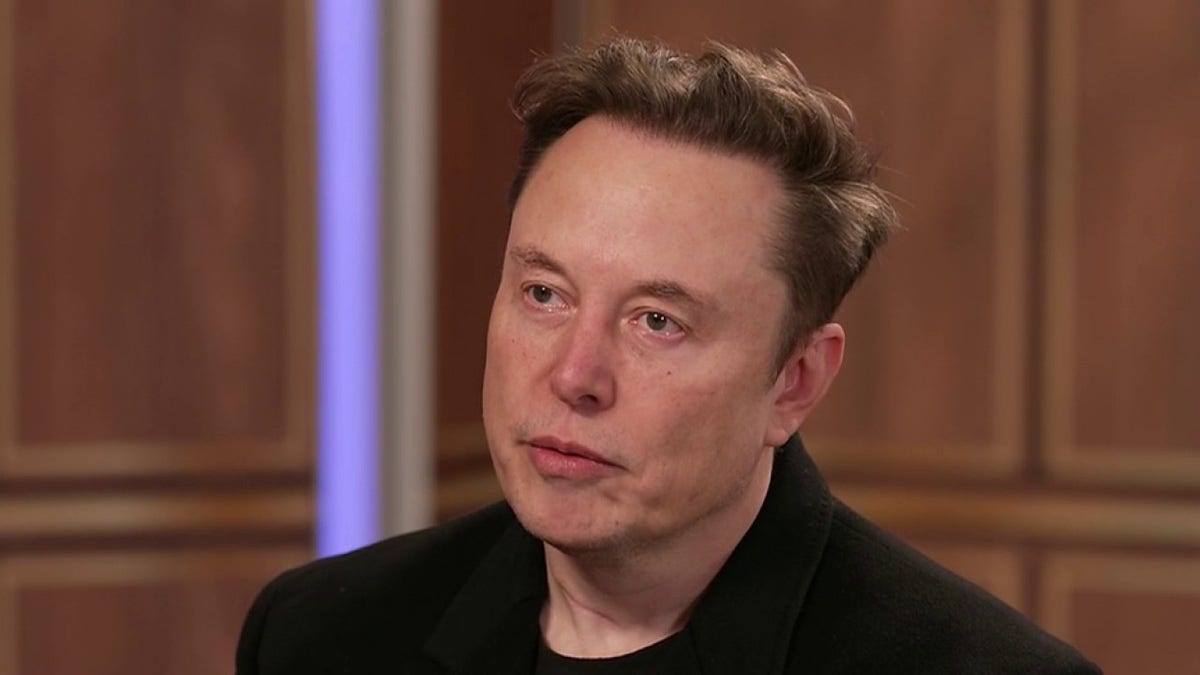Trump's tariff strategy can work but America still needs deeper economic reform

President Donald Trump’s tariff diplomacy has been a shock treatment to the global economic order, intended as a kind of radiation and chemotherapy to kill the cancer that created the Rust Belt. But overdoing the treatment can kill the patient instead, without removing the carcinogens in the economy. Fortunately, the administration’s negotiators have called a truce, and we can reevaluate the treatment’s effectiveness.
The last five weeks have seen tremendous market turmoil, and not just domestically. The chaos that ensued after April 2 extended around the globe and has forced many nations to the negotiating table with the US—and that includes countries that engage in unfair trade practices. In that sense, the tariffs have been successful.
The Trump administration’s play here is to use tariffs as a tool of statecraft to force other nations into reducing their trade barriers through bilateral negotiations. To that end, the preliminary agreement with the United Kingdom shows some promise.
President Trump has also used the threat of tariffs very effectively to help secure America’s southern border and stem the flow of fentanyl, which had become the number-one killer of young people.
INFLATION TICKED SLIGHTLY HIGHER IN APRIL AS TARIFF IMPACT LOOMS
But the drama around tariffs has had side effects, like chemotherapy killing off healthy cells in the body. This collateral damage could be found in survey data from the regional Federal Reserve Banks and purchasing manager indexes, all of which pointed to sharp declines in business optimism and planned capital expenditures.
In short, the on-again-off-again nature of these tariffs has made it extraordinarily difficult for businesses and consumers to plan. There has also been substantial turbulence in Treasury markets, gold prices, and equities.
That is not a broad condemnation of tariffs, just as the side effects of chemotherapy and radiation are not a denunciation of cancer treatments. But it does illustrate why heavy-duty therapies like radiation must be used in a targeted manner. The inaccurate "reciprocal" tariff rates released on April 2 caused significant—and unnecessary—damage domestically.
During the current pause in this tariff fight, the Trump administration would do well to reevaluate its tariff strategy, ensuring, for example, that its reciprocal tariff rates are in fact truly reciprocal.
America must also seriously evaluate what turned the Industrial Belt into the Rust Belt. This hollowing out of the nation’s industrial base was not caused primarily by international trade. Instead, the primary carcinogens were terrible regulatory and tax policies.
Most of our economic wounds are self-inflicted. China did not build a massive, bureaucratic regulatory state in this country. Likewise, we can’t blame China for our burdensome, overly complicated tax code with high marginal rates. We did that to ourselves.
This is perhaps best illustrated by answering a geography question: where is the Rust Belt? It’s in Chicago, Detroit, Cincinnati, Youngstown, Pittsburgh, etc. In other words, it’s those areas of the country where liberals have imposed particularly high taxes, overregulation of industry, and forced unionization.
CLICK HERE FOR MORE FOX NEWS OPINION
Conversely, where is manufacturing seeing a rebirth in America? It’s coming back in places like Texas, Tennessee, and the Carolinas—states with low (or no) income taxes, less regulation, and right-to-work laws.
Failed domestic public policy is the primary carcinogen wrecking America’s industrial base, and tariffs can’t fix that. At best, fixing international trade problems will give a temporary boost to domestic manufacturing, but the cancer will keep growing.
President Trump’s tariff diplomacy is working to create a level playing field and open foreign consumer markets to domestic producers, but America needs to look within to reshore manufacturing and rebuild the industrial base.
Just throwing tariffs at the problem is like undergoing chemotherapy and radiation without any lifestyle changes. Imagine enduring all the painful side effects of such treatments while smoking cigarettes, maintaining a poor diet, avoiding exercise, and exposing yourself to asbestos and too much sunlight—that’s the equivalent of what’s happening today!
If you think this is hyperbole, consider that the regulatory compliance cost for manufacturers in America is about $50,000 to $60,000 per worker, and then there’s a tax burden on top of that. Reducing trade abuses is insufficient to reform the domestic policies which have made American workers unemployable in many industries.
Tariff diplomacy can go a long way, provided it is targeted and tailored, but we still need a tax-cut bill and more deregulation if we want to heal the patient.
What's Your Reaction?
 Like
0
Like
0
 Dislike
0
Dislike
0
 Love
0
Love
0
 Funny
0
Funny
0
 Angry
0
Angry
0
 Sad
0
Sad
0
 Wow
0
Wow
0
